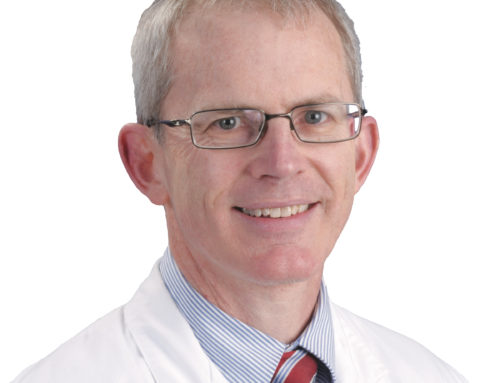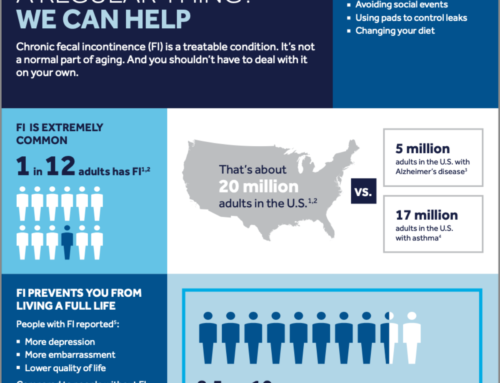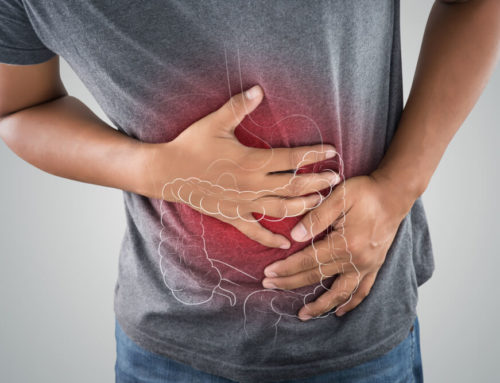Diverticulitis is a condition that occurs when small pouches (called diverticula) form and push outward through weak spots in the lining of your digestive system. They’re most often found in the lower part of the large intestine, also known as your colon. The pouches aren’t specifically harmful – unless one or more of them become infected or inflamed.
When that happens, it can lead to severe abdominal pain (usually on the lower left side), nausea, fever and chills, bloating and gas, and a noticeable change in your bowel habits. You may also not feel like eating, and these symptoms can last from a few hours to a week or more. Mild cases of diverticulitis can be treated with rest, antibiotics and changes in your diet. Diverticulitis can involve a small abscess of one or more of the pouches or may result in a massive infection or perforated bowel. When it’s severe or recurring, diverticulitis may require surgery.
DIAGNOSIS AND TREATMENT
Doctors aren’t certain what causes diverticula to form, but they do believe it’s impacted by a low-fiber diet. If there’s not enough fiber in your stool, it’s harder for the colon to push waste out of your body. This pressure may cause pouches to form in the weak spots along the inside of the intestines. Your doctor will likely diagnose your condition by a physical exam, which may include blood tests, an x-ray, CT scan of your abdomen, colonoscopy or a sigmoidoscopy.
Treatments for diverticulitis include rest, oral antibiotics, and a liquid diet. If your diverticulitis causes ongoing problems, you may need additional treatments. And if you’ve had diverticulitis in the past, your doctor may recommend eating a more fiber-rich diet, including high fiber foods. Fiber adds bulk and softens stools, allowing them to pass more easily while also reducing pressure in the digestive system.
WHAT TO EAT
The Dietary Guidelines for Americans, 2015–2020, recommends a dietary fiber intake of 14 grams per 1,000 calories consumed. For example, for a 2,000-calorie diet, the fiber recommendation is 28 grams per day. Women younger than 51 should aim for 25 grams of fiber daily. Men younger than 51 should aim for 38 grams of fiber daily. Women 51 and older should get 21 grams daily. Men 51 and older should get 30 grams daily.
We know that some of the best sources of fiber include fruit, vegetables, and whole grains. Here are a few fiber-rich foods to include in your diet:
- Beans – Kidney, black and navy beans are great high-fiber choices
- Fresh fruit – apples, prunes and pears
- Vegetables – potatoes, spinach, squash, peas
- Whole grains – brown rice, quinoa and hot oatmeal or amaranth
Doctors previously thought that people with symptoms of diverticulitis should avoid eating seeds, popcorn and nuts because they believed tiny particles from the foods could get inside the diverticula pouches and lead to infection. Recent research has shown no link between these foods and increased or worsening symptoms.
Learn more information about fiber rich foods from the National Institute of Diabetes and Digestive and Kidney Diseases >>> Here.
To help you avoid constipation, your doctor may also recommend a fiber supplement, like psyllium or methylcellulose (commonly known as Metamucil and Citrucel). Staying hydrated also helps keep your system moving.
TALK WITH YOUR DOCTOR
If you are suspect you’re suffering from diverticulitis or have been diagnosed with the condition, it’s important to talk with your doctor about the ways food can help heal or potentially aggravate your condition. Your doctor may refer you to a nutritionist if you need additional guidance on recipes and ways to incorporate more high-fiber foods into your diet.







Leave A Comment